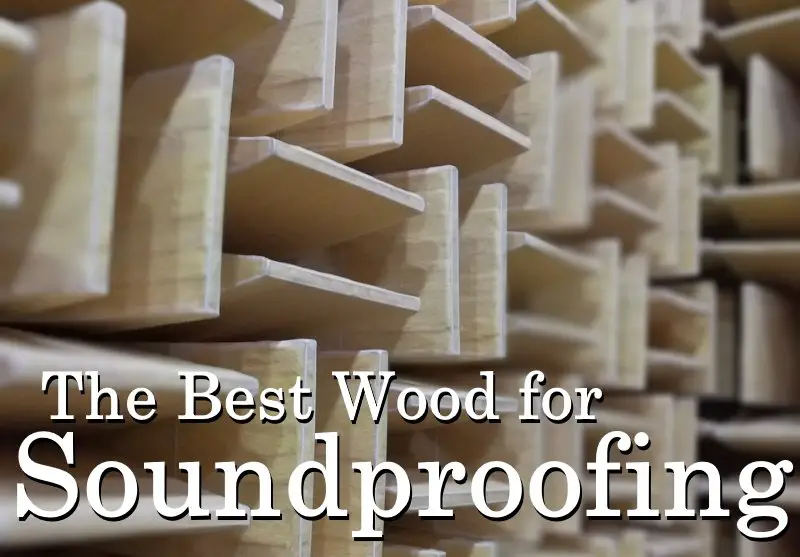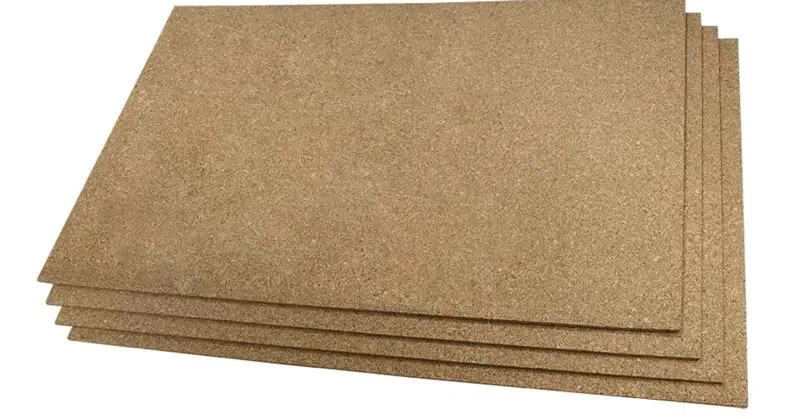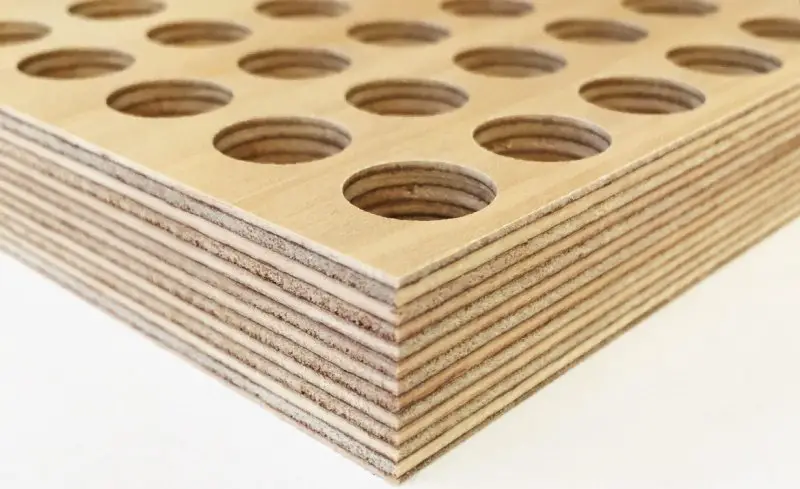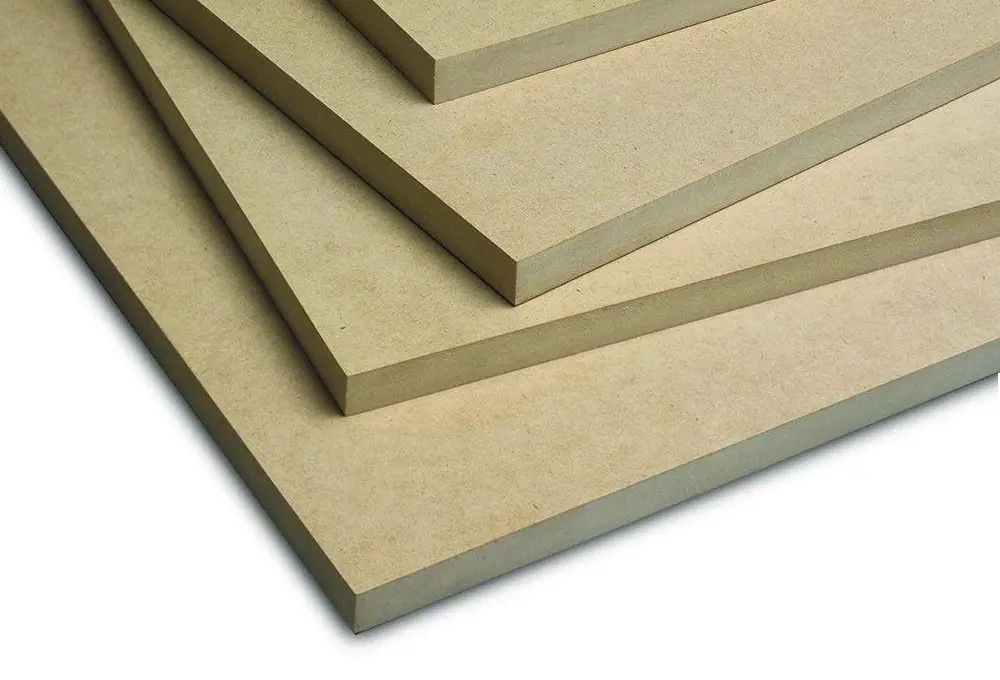
Regardless of the source, noise makes people feel awful!
If you leave in an area where noise is an issue, soundproofing your home can become a major priority.
While there are a number of materials that you can use to soundproof your home, many homeowners wonder if wood also falls in that category.
Is Wood Good for Soundproofing?
The fact is that you can use wood for soundproofing purposes.
However, not all types of wood can serve this purpose.
So, what’s the best wood for soundproofing?
There are two critical elements to take into account when choosing the best wood for soundproofing, including, the material’s sound absorption/cancellation and sound blocking potential.
Sound blocking is what you need to focus on if you intend to prevent the sounds emanating outside from entering your home, or you are going to stop the noise from coming out of your home.
For this purpose, you need to choose a wood material that is dense, heavy, and solid.
You also want to stay clear of any material that features air spaces for sound blocking.
On the other hand, the best material for sound absorption/cancellation is generally porous because this is what allows them to absorb sounds more effectively.
To isolate sound completely, you need materials that feature both qualities.
Unfortunately, wood is a very solid material and usually isn’t a great choice for sound absorption.
However, as a DIY enthusiast, you can boost its sound absorption ability by mixing it with some porous materials or by making some perforations on the surface of the wood to achieve the desired quality.
That being said, the best wood for soundproofing include:
Cork

Cork is an amazing natural soundproofing wood material that is made from cork oak tree bark.
Cork acquires its impressive soundproofing properties from its highly flexible membrane which is responsible for its characteristic elasticity or bounce, allowing it to effectively block sounds.
What’s more, cork boasts a substantial amount of fatty acids and this makes it impermeable.
These two properties function holistically to make cork arguably the best soundproofing wood material.
Cork is also highly durable and is naturally resistant to fire, rot, stains, and termites.
As a bonus, it’s also anti-microbial.
It is also completely sustainable and environmentally friendly because the trees don’t need to be cut down for cork to be harvested.
Instead, the tree’s bark is what is peeled off and the tree is left alone as it regrows!
For your soundproofing project, you can almost always use cork to minimize the amount of noise traveling through walls and flooring.
Acoustic Plywood

Just like its cork wood counterpart, acoustic plywood boasts incredible sound absorption ability.
However, it is not so impressive at blocking noise simply because it is fairly low on density.
It’s great at controlling sound because it effectively fragments sound waves while at the same time bouncing high sound frequencies.
You will have to perforate acoustic plywood to allow air to pass through and dissipate sound waves.
You may also combine it with certain materials such as cork rubber to boost both sound absorption and aesthetic effectiveness.
It is a highly versatile wood that you can use to absorb bass from loud music, fragment standing sound waves caused by resonance inside a room, minimize impact vibrations, sound reverberation, and echoes.
Medium Density Fiberboard (MDF)

MDF is a type of wood made by fusing either hardwood or softwood fibers using wax and resin binder under intense pressure and heat, giving the final product excellent acoustic properties.
Regarding soundproofing, not many types of wood come as close to MDF.
This is because it is relatively thicker and denser as well.
What’s more, it can also absorb sound, and this implies it is one of the best soundproof woods out there.
It is highly durable hence perfect for projects that demand structural sturdiness.
However, it is imperative to note that MDF has its fair share of disadvantages, which are worth knowing.
It is not only difficult to work with, but also absorbs moisture and is highly flammable.
MDF Vs Plywood for Soundproofing – Which Is Better?
MDF is made from wood pulp that has been pressed into sheets. It’s often used in furniture because it’s strong and durable.
Plywood is made by gluing thin layers of wood together. It’s commonly used for walls and ceilings because it’s easy to install and inexpensive.
All else being equal, MDF is more soundproof than plywood, as it is more dense.
However, you must also consider price, availability, and the difficulty and potential health effects of working with either material, so the choice can be personal and dependent on the individual job.
Other Soundproofing Materials and Tricks
To achieve real results with a soundproofing setup, multiple materials are typically used together.
These can include thick drywall (often doubled), insulation, foam panels, or even brick/masonry.
The options are endless and your best choice depends on your specific requirements and budget, but here’s a cool video with soundproofing “hacks” that might help you in your quest for quiet.
The Best Plywood for Soundproofing
The best type of plywood for soundproofing is typically mass-loaded vinyl (MLV) faced plywood.
MLV is a dense, rubber-like material that is highly effective at reducing the transmission of sound. When MLV is used as a facing on a plywood panel, it provides an effective soundproof barrier.
Additionally, plywood is a rigid material that is less likely to vibrate than other types of building materials, which can help to reduce the transmission of sound.
However, it is important to note that while using plywood with MLV facing can be an effective soundproofing solution, it may not be the most cost-effective option, and other materials may be better suited for certain applications.

